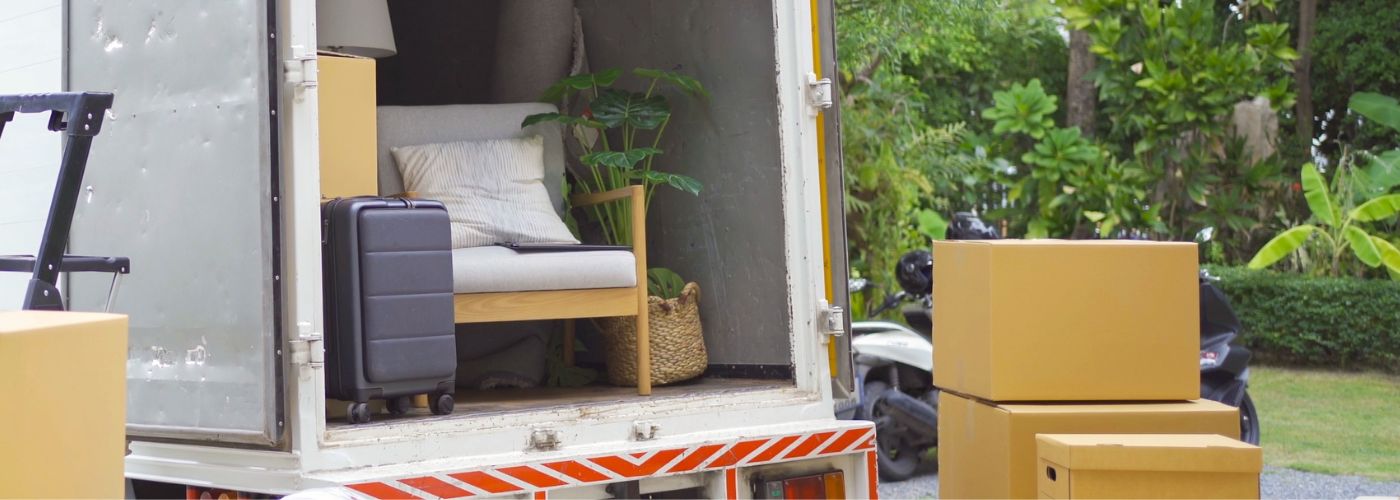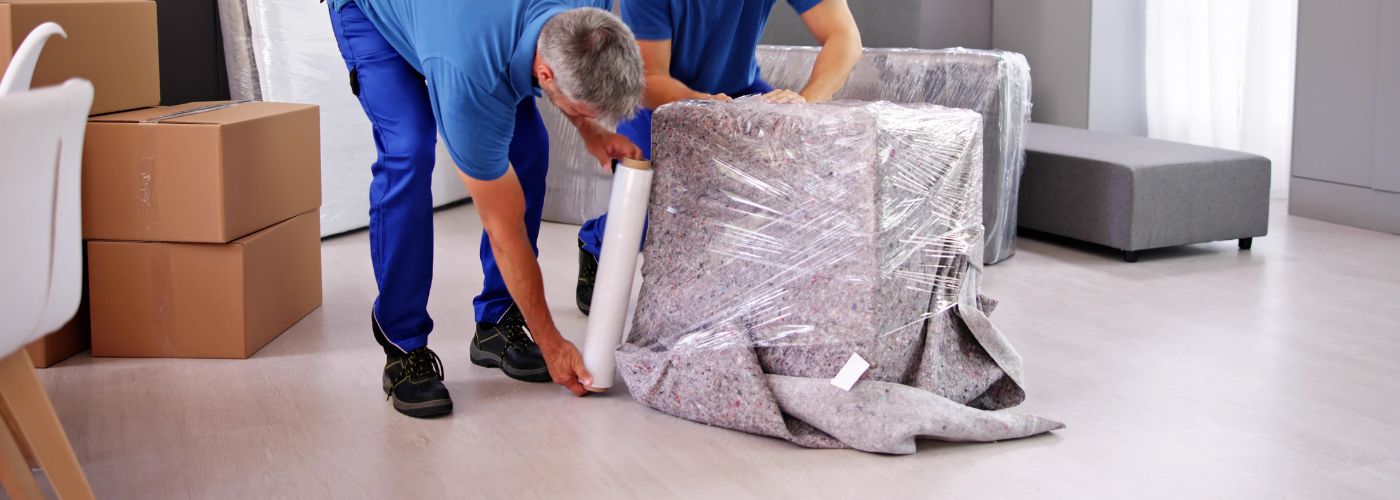If you think moving is just about packing boxes and hiring a truck, think again! The reality is that many first-time movers are blindsided by hidden moving costs that can inflate their budgets significantly. In this article, we’ll dive into the common yet often ignored expenses associated with relocating.
Hidden Moving Costs To Keep Track Of
When moving to a new home, it’s crucial to be aware of several costs that might not be immediately obvious. First, consider the expenses related to disconnecting and reconnecting appliances; some may require professional help or special tools.
Additionally, you might encounter fees for parking permits if your movers need to reserve space on the street, especially in busy urban areas. It’s also wise to budget for cleaning supplies or services needed after moving out of your old place or before settling into the new one. If you’re moving long-distance, there could be costs associated with meals and lodging during transit that can add up quickly.
Lastly, don’t overlook the potential cost of updating your address across various platforms, which might include fees for reprinting business cards or notifying subscriptions and services. By considering these factors ahead of time, you can create a more accurate budget and ensure a smoother transition to your new home.
Off-Peak vs. Peak Season Rates
When planning a move, many people focus on the obvious costs like truck rentals and packing supplies. However, hidden moving costs can sneak up on you if you’re not careful. One significant factor to consider is the timing of your move.

Off-peak vs. peak season rates can dramatically affect your budget. Moving during summer or the beginning of the month often means higher prices due to increased demand. If you can be flexible with your moving date, opting for a weekday in the off-peak season can save you a substantial amount.
Additionally, don’t overlook the potential for additional fees. Many moving companies charge extra for stairs, long walks from your door to the truck, or bulky items that require special handling.
These costs can add up quickly, so it’s essential to ask your moving company about any hidden fees upfront. Finally, consider the costs of settling into your new home. From utility setup fees to purchasing new furniture or decor, these expenses can catch you off guard if you haven’t budgeted for them.
Understand Storage Fees During Your Move
When planning a move, it’s easy to overlook hidden costs that can quickly add up. One often underestimated expense is storage fees. If your new home isn’t ready yet or if you need time to sort through belongings, you might find yourself renting a storage unit.
Understand storage fees during your move by researching various facilities beforehand. Some places offer promotional rates for the first month, while others have hidden charges for climate control or 24-hour access.
Storages are great because they provide a safe and secure place to keep your belongings during the transition. They can accommodate a variety of items, from furniture to seasonal decorations, allowing you to declutter your space and reduce stress.
Additionally, using storage can give you the flexibility to move at your own pace, making it easier to focus on unpacking and settling into your new home without feeling rushed.
Costs Associated with Packing Supplies
When planning a move, many people focus solely on the obvious expenses like hiring movers or renting a truck. However, one often-overlooked area is the costs associated with packing supplies. From boxes and bubble wrap to tape and markers, these items can quickly add up.

If you’re not careful, you might find yourself spending significantly more than you budgeted for just to keep your belongings safe during the transition.
Some absolute must-have supplies for a successful move include:
1. Boxes of Various Sizes: It’s essential to have a mix of small, medium, and large boxes to accommodate different types of items. Small boxes are great for heavy items like books, while larger boxes can hold lighter, bulkier items like bedding or clothing.
2. Bubble Wrap and Packing Paper: These materials are crucial for protecting fragile items such as glassware, dishes, and electronics. Bubble wrap provides cushioning, while packing paper can fill empty spaces in boxes and prevent shifting during transport.
3. Packing Tape: A strong packing tape is necessary to securely seal your boxes. It’s advisable to invest in a tape dispenser to make the process quicker and more efficient.
Plan for Utility Setup and Transfer Fees
When moving to a new home, many people focus on the big expenses like hiring movers or renting a truck. However, one often overlooked area is the utility setup and transfer fees. These costs can sneak up on you, especially if you’re not prepared.
Many utility companies charge fees for setting up new accounts or transferring existing services to your new address. It’s wise to check with your providers in advance so you aren’t caught off guard.
Other fees you might encounter include deposits for new services, which can vary depending on your credit history or the specific utility company. Some providers may also charge activation fees or service charges for connecting your utilities at the new location.
Anticipating Tips and Gratuities for Movers
When planning a move, it’s easy to focus on the big-ticket items like truck rentals and packing supplies, but hidden moving costs can sneak up on you. One significant area to consider is tipping your movers.
Anticipating tips and gratuities for movers can help you budget better. A standard tip ranges from 15% to 20% of the total cost, depending on the quality of service.
Remember, good movers appreciate acknowledgment for their hard work, and tipping is a great way to show gratitude. By being aware of these hidden costs, you can plan more effectively and reduce stress during your move.


